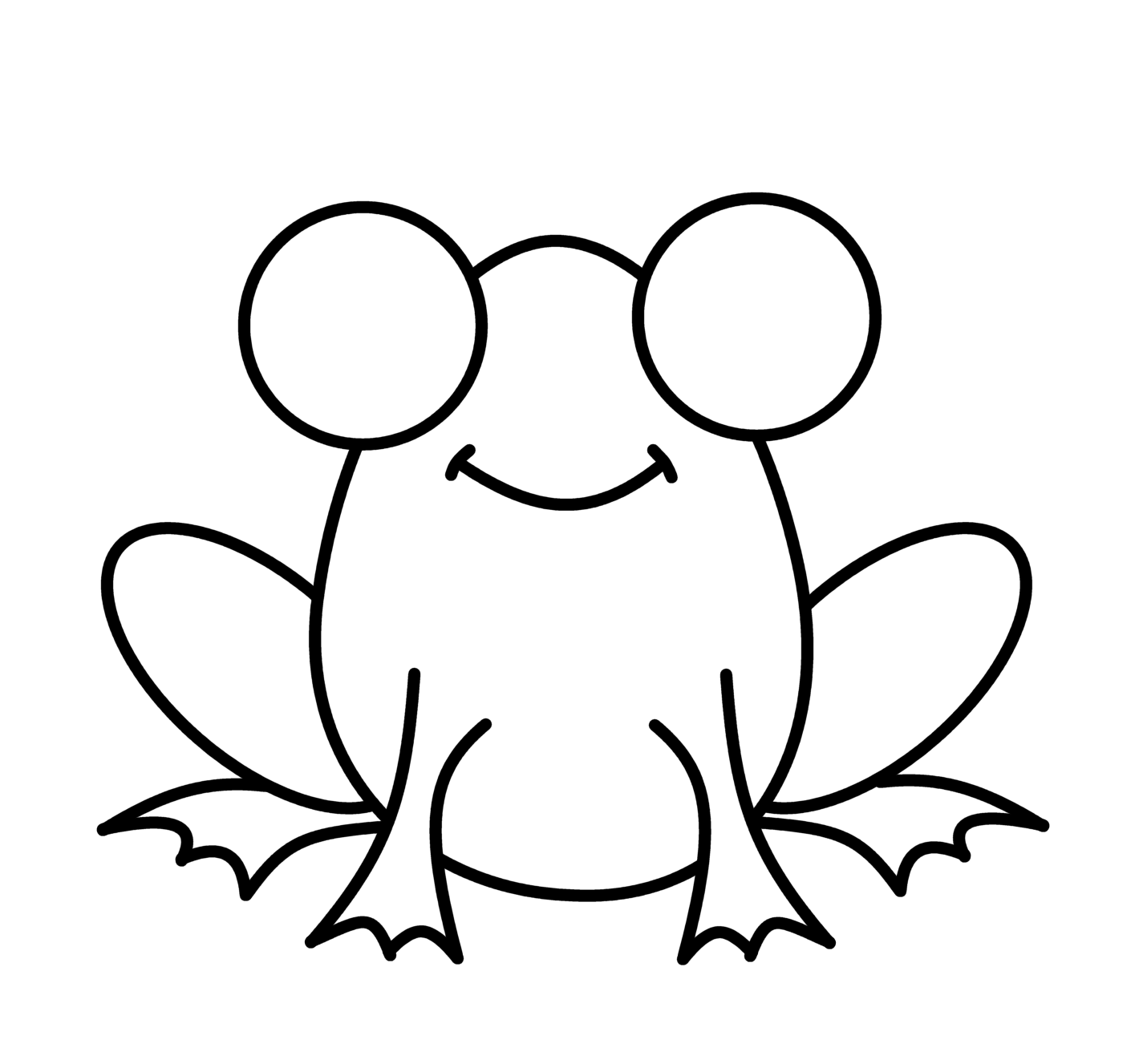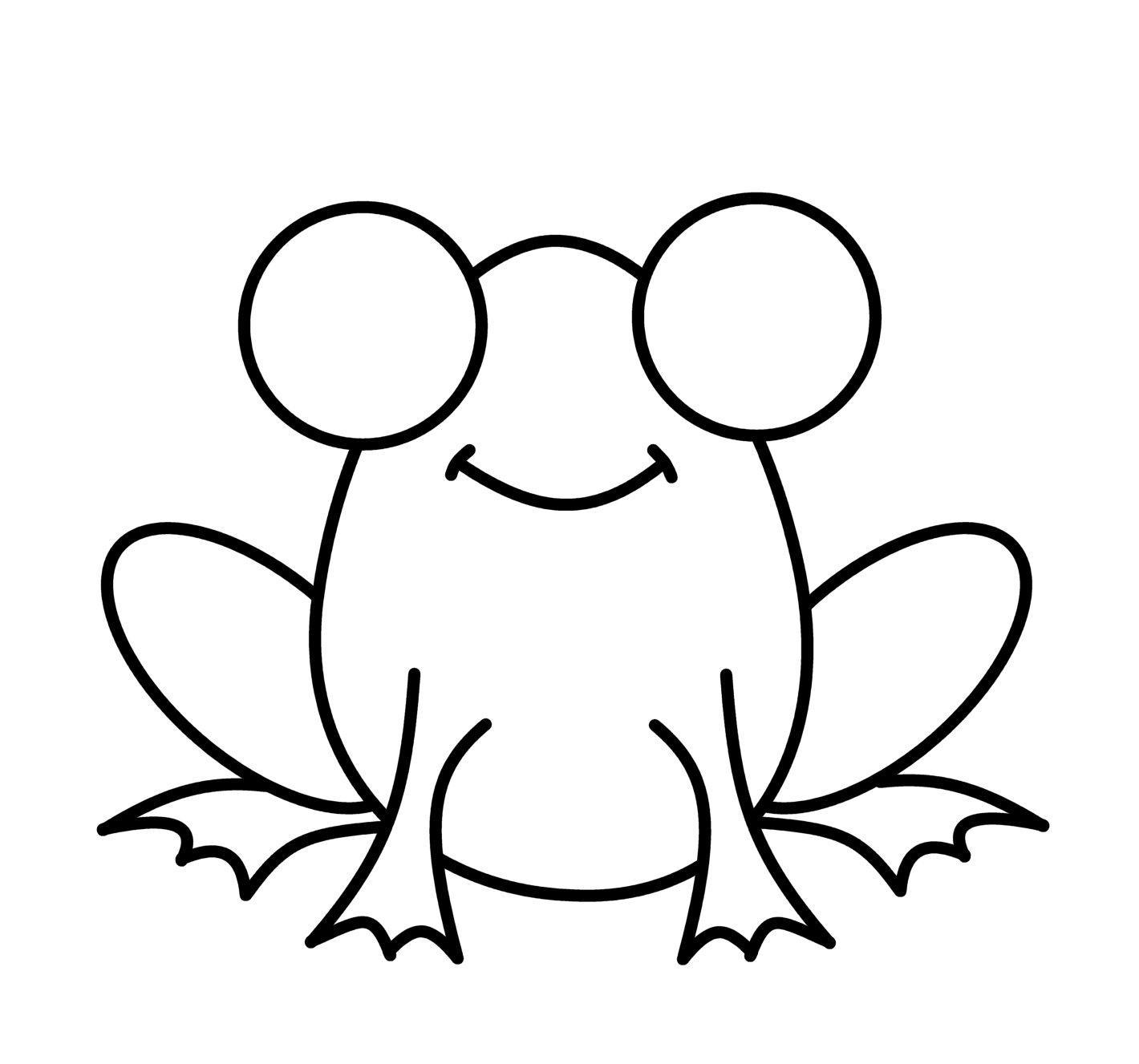
Introduction
Drawing is a wonderful way to express creativity and bring imagination to life. One popular subject that artists of all ages enjoy drawing is frogs. These fascinating creatures with their unique features and vibrant colors make for an interesting and captivating art subject. In this article, we will explore the art of frog drawing and provide useful tips and techniques to help you create your own masterpiece.
Getting Started with Frog Drawing
Before diving into the actual drawing process, it's important to gather the necessary materials. You will need a pencil, eraser, paper, and optionally, colored pencils or markers to add a splash of color to your artwork. Once you have your materials ready, find a quiet and comfortable space where you can focus on your drawing.
Observing Frog Anatomy

Understanding the anatomy of a frog is essential for creating a realistic drawing. Take some time to observe the different parts of a frog, such as its body shape, limbs, eyes, and mouth. Pay close attention to the proportions and details. This observation will help you accurately depict the frog's features in your drawing.
Sketching the Basic Shape

Start by lightly sketching the basic shape of the frog using simple geometric forms. Begin with an oval shape for the body and add circles for the head and eyes. Use light strokes to ensure easy erasure if needed. This initial sketch will serve as your guide throughout the drawing process.
Adding Details and Texture

Once you are satisfied with the overall shape, begin adding more details to your frog drawing. Pay attention to the texture of the frog's skin, which is often bumpy and rough. Use short, curved lines to indicate these textures. Add the intricate patterns found on the frog's body, such as spots or stripes, depending on the species you are drawing.
Focus on the Eyes

The eyes play a crucial role in capturing the essence of a frog. Take time to carefully draw the eyes, giving them a realistic look. Observe the shape, color, and placement of the frog's eyes, as they can vary between different species. Adding highlights to the eyes will make them appear more alive and add depth to your drawing.
Bringing Color to Your Frog Drawing

If you want to add color to your frog drawing, grab your colored pencils or markers and start shading. Observe the natural colors of the frog species you are drawing and try to replicate them as accurately as possible. Experiment with blending techniques to create a smooth transition between different shades.
Background and Composition

To enhance your frog drawing, consider adding a background or creating a composition. You can draw the frog in its natural habitat, such as a pond or a lily pad, to provide context and add interest to your artwork. Experiment with different elements and colors to create a visually pleasing composition that complements your frog drawing.
Practice and Patience

Like any skill, mastering the art of frog drawing requires practice and patience. Don't be discouraged if your first attempts don't meet your expectations. Keep practicing and experimenting with different techniques. Observe real frogs or reference photos for inspiration and guidance. With time, you will see improvement and develop your unique style.
Conclusion
Frog drawing is an enjoyable and rewarding artistic endeavor. By following the tips and techniques outlined in this article, you can create stunning frog drawings that capture the beauty and charm of these fascinating creatures. Remember to have fun and embrace your creativity throughout the drawing process. So, pick up your pencil, let your imagination soar, and create amazing frog drawings!